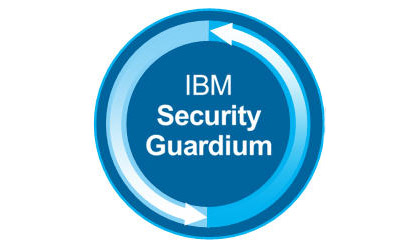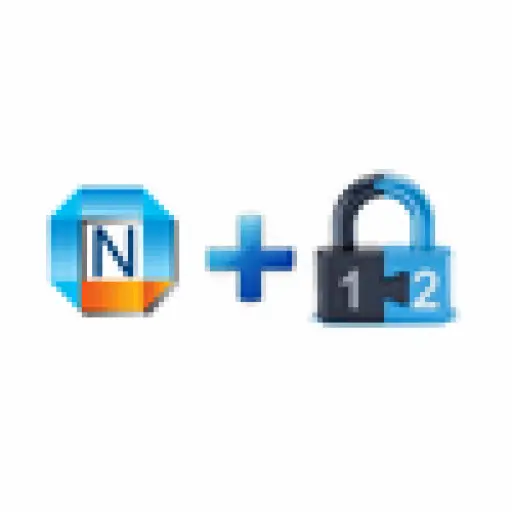
- Installation
- Users
- Reset CLI User Account
- Integrate Collector with Aggregator
Learning, Sharing, Creating

show network interface all
show network routes defaultroute
show network resolver all
show system hostname
show system domain
show system clock timezone
show system clock datetime
show system ntp all
show unit type1 Root Users
CLI -> support show passkey root2 CLI Users
CLI access is an administrative tool that allows configuration, troubleshooting, and management of the
Guardium system.
• To change the cli password: ‘store user password’
• To change the cli expiration password:
‘show password expiration cli n’
‘store password expiration cli n’
3 GUI Users - Accessmgr user
Accessmgr user is used to manage user accounts/access to the Guardium application, consisting of four tasks: Default password is guardium.On a managed unit, you can use the GUI to register the unit with the Central Manager. Otherwise, you can use the CLI register command as described in Registering a Managed Unit with the CLI.
After you register on the managed unit, it initiates communication with the Central Manager, and nothing more needs to be done.

After you register on the managed unit, it initiates communication with the Central Manager, and nothing more needs to be done.
You can register units that are not currently accessible.


Learning, Sharing, Creating - Provide you expert insight regarding Cyber Security.
No comments:
Post a Comment